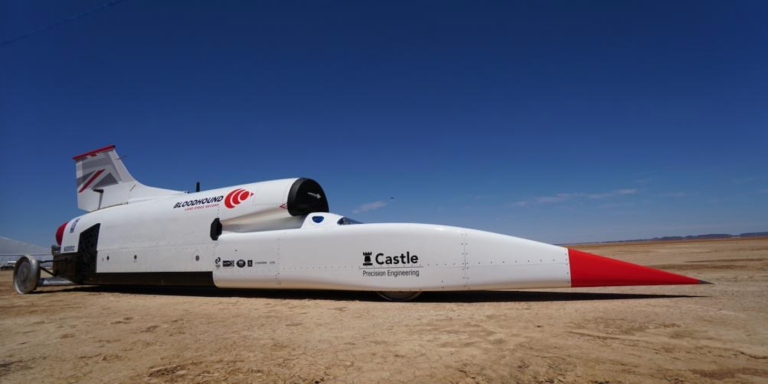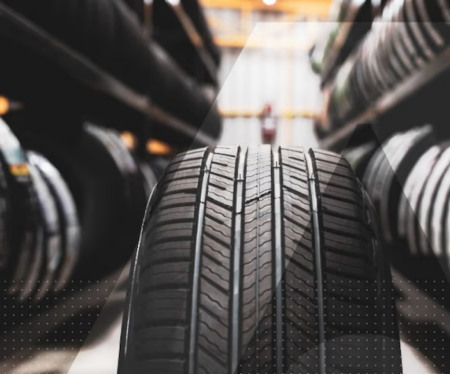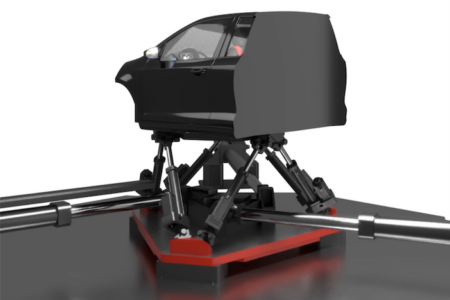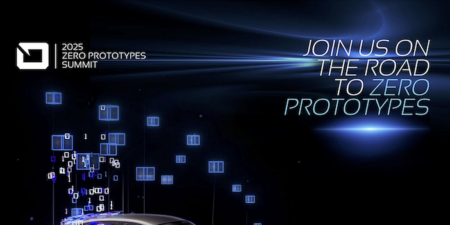The Bloodhound Land Speed Record (LSR) team has revealed details of the car they are developing to challenge the World Land Speed Record in 2020. Billed as ‘the world’s fastest straight-line car’, the Bloodhound is powered by an EJ200 Eurofighter Typhoon jet engine, and the team is working towards taking the car beyond 1,050mph (1.689km/h) – rather more than the World Land Speed Record of 763.035mph (1,227.9km/h) set by Thrust SSC in 1997. The car, in desert specification for high-speed testing in South Africa’s Hakskeenpan desert, has something a little special: precision-machined solid aluminium wheels, made specially to withstand the stresses of supersonic speeds.
The wheels have been specially designed for the desert surface. Measuring 900mm in diameter and weighing 90kg each, the wheels are designed to spin at up to 10,200rpm – more than four-times faster than wheels on a Formula 1 car at top speed. The wheels have been created by an international consortium and forged from 7037, one of the highest aircraft-grade aluminium alloys in the world.
The first test session will see the wheels tested at over 500mph (804km/h) on a specially prepared 10 mile (16km) stretch of the desert, with the mud surface being a very different test surface to a runway. Thus the wheels have a V-shaped keel which digs into the alkali playa (baked mud) surface by 15mm when the car is stationary. As speeds increase, the wheels rise up out of the mud surface and plane in much the same way as a speedboat rides up on the surface of the water. At 500mph and above, just a few millimetres of metal will be in contact with the desert surface, and the giant aluminium discs will act more like rudders than wheels.
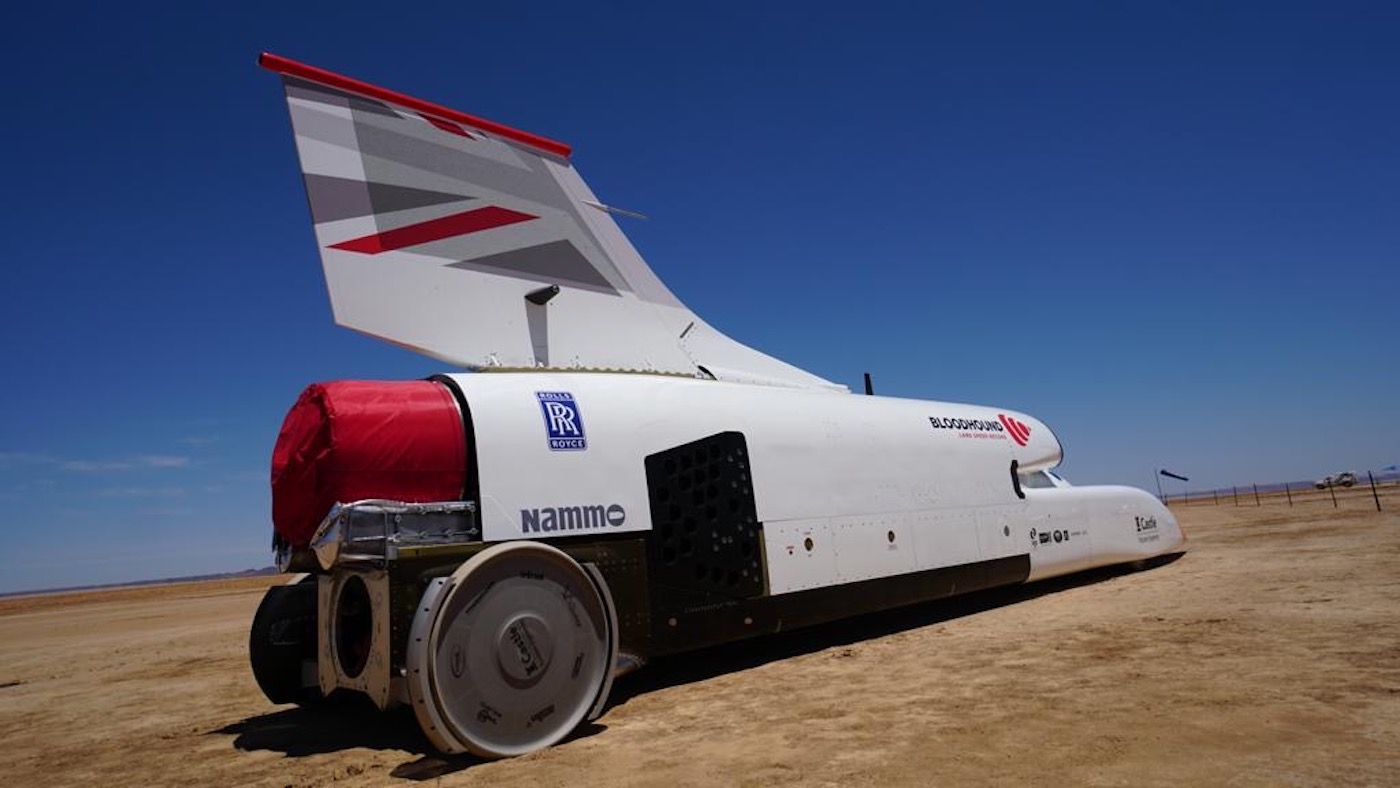
The test programme is not all about speed though. A key objective of the programme is to evaluate how the car behaves when slowing down and stopping from a number of target speeds, building up to and beyond 500mph. Only once engineers and driver Andy Green are satisfied they understand the drag and stopping ability of the car will they push to the next run profile, building speed in each run by increments of 50mph (80km/h).
The Bloodhound LSR team will examine how much drag the car creates in a number of scenarios and at various speeds, using the wheel brakes, one or both of the drag parachutes, and with the giant airbrakes locked into position.
Data from 192 pressure sensors on the car will be monitored and compared against the predicted CFD (computational fluid dynamics) models to ensure the figures match, and the data will be sued to calculate the amount of drag experienced by the car on each run. This data is critical for determining the size of the rocket that will need to be fitted to the car for the attempt to set a new World Land Speed Record in 12-18 months’ time. The data will also be used to investigate the car’s stability and performance.


